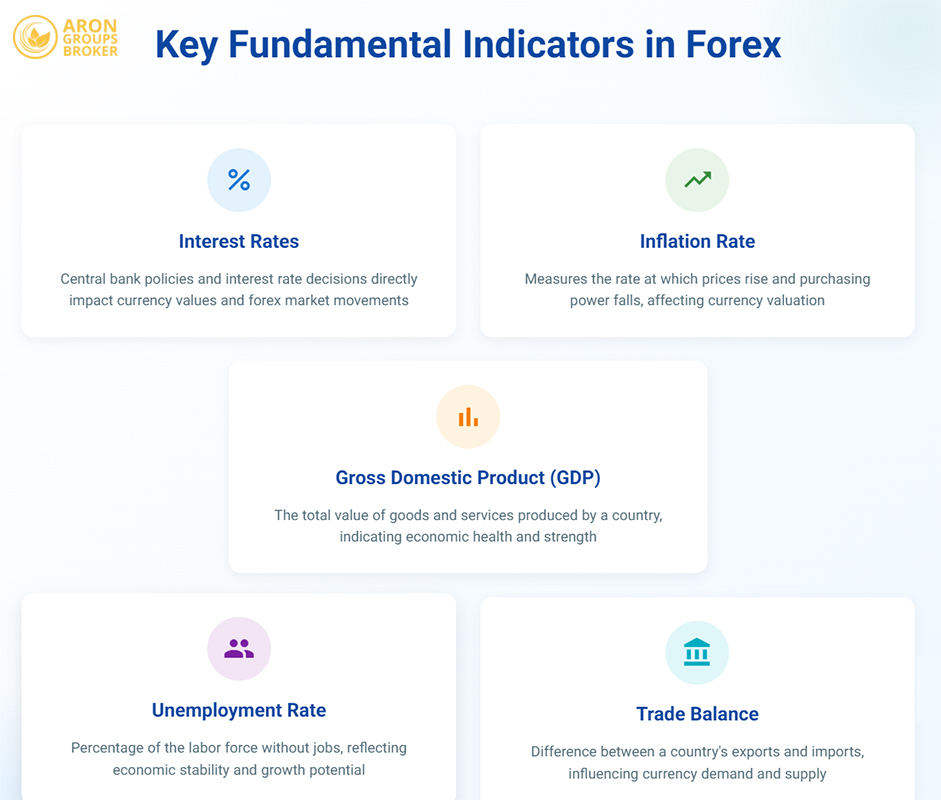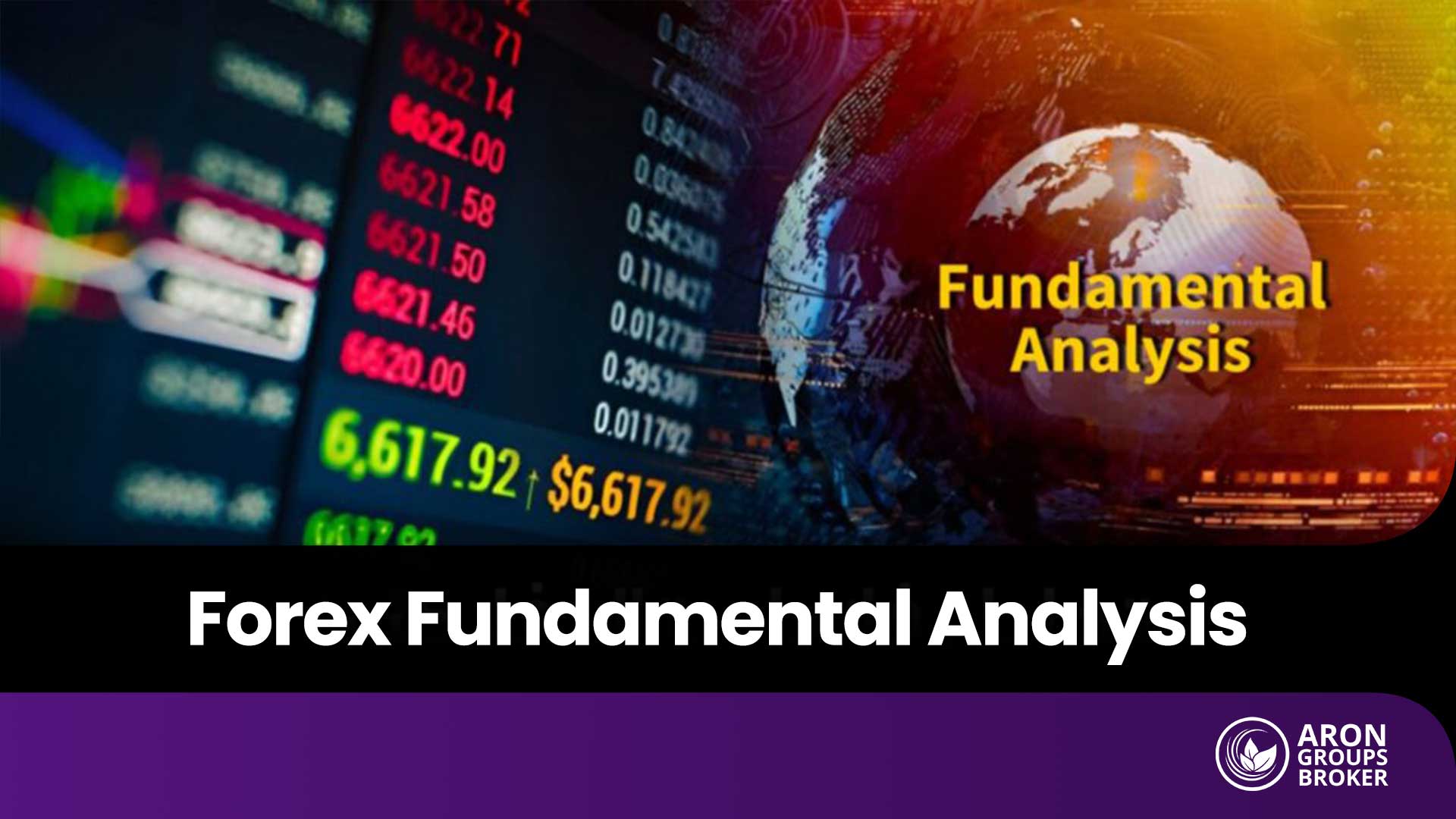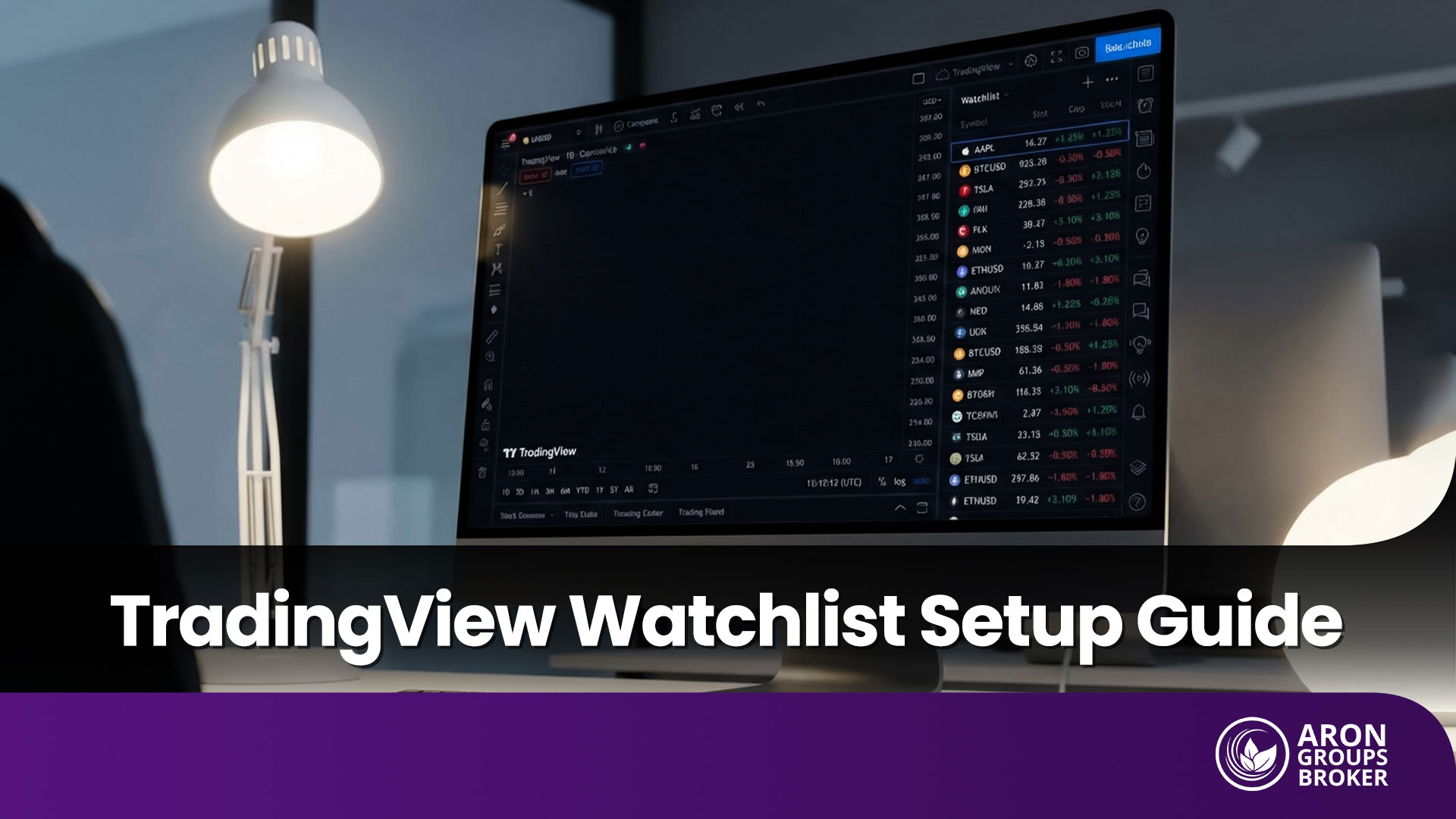Fundamental analysis is one of the core approaches to analyzing financial markets. It focuses on factors such as economic conditions, financial events, and central bank monetary policy to help traders estimate an asset’s intrinsic value. This method is particularly crucial in the forex market, where each country’s economic health has a significant impact on currency fluctuations.

- Geopolitical stability often amplifies or weakens the predictive power of fundamental data, especially in emerging markets.
- Central bank communication tone beyond rate changes can significantly shift market sentiment ahead of policy moves.
- Real-time economic calendars and consensus forecasts are essential tools for proactive rather than reactive trading.
- Combining sentiment analysis from news data with fundamental indicators enhances accuracy in anticipating market reversals.
What Is Fundamental Analysis?
According to Investopedia, Fundamental analysis examines key economic indicators such as interest rates, inflation, gross domestic product (GDP), unemployment rate, and trade balance to determine where the economy stands within its macroeconomic cycle. Generally, economists recognize four major cycles: recession, recovery, expansion, and contraction.
This form of analysis helps traders identify which phase the economy is currently in and anticipate long-term price movements. For example, during economic recessions, safe-haven assets such as gold tend to rise, whereas commodities like oil and commodity-linked currencies (such as the Australian dollar, New Zealand dollar, and Canadian dollar) usually decline.
The main purpose of fundamental analysis in the forex market is to spot trading opportunities based on discrepancies between an asset’s intrinsic value and its market price. For instance, if economic data indicate that a currency is trading below its intrinsic value, a trader might decide to go long on that currency.
Key Fundamental Indicators in Forex

Interest Rates
Interest rates are among the most critical determinants of currency value. Central banks use them to control inflation, economic growth, and liquidity. An increase in interest rates typically boosts a currency’s attractiveness to foreign investors due to higher yields, increasing demand, and strengthening its value. Conversely, a rate cut tends to reduce demand and weaken the currency, as investors seek higher-yield alternatives elsewhere.
Interest rates also directly influence borrowing costs, investment activity, and consumer spending. Higher rates make loans more expensive and can slow down growth, while lower rates encourage borrowing and investment, stimulating financial markets and risk assets.
Traders closely monitor central bank decisions on interest rates since they have immediate effects on the forex market. For example, when the U.S. Federal Reserve reduced its benchmark rate by 0.5%, the U.S. dollar weakened, and risk assets rallied. However, the dollar later regained strength after the release of strong employment data, a reminder that single events often interact with broader fundamentals.

Traders profit from interest-rate gaps by borrowing in low-yield currencies and investing in high-yield ones — boosting the stronger currency. Yet sudden rate changes can spark volatility, making it crucial to track central bank policies closely.
Inflation Rate
Inflation measures the sustained increase in overall price levels within an economy and directly affects a currency’s purchasing power. When inflation is high, the real value of money decreases, meaning each unit of currency buys fewer goods and services. This erosion of purchasing power tends to make a currency less attractive internationally, leading to depreciation.
Conversely, low inflation signals price stability and helps maintain purchasing power, supporting a stronger currency. Central banks manage inflation primarily through interest-rate adjustments. When inflation exceeds target levels, they may raise rates to cool demand and stabilize prices. As such, inflation dynamics and monetary policy are closely linked, creating potential volatility in currency values that traders must monitor to manage inflation-related risks.
Gross Domestic Product (GDP)
Gross Domestic Product (GDP) represents the total value of goods and services produced within a country during a specific period. It serves as a key gauge of overall economic performance. Rising GDP signals strong economic growth and typically strengthens a nation’s currency, as it reflects higher productivity and greater appeal to foreign investors seeking better returns.
When GDP increases, foreign capital inflows tend to rise because investors expect continued growth and profitability. In contrast, falling GDP indicates economic weakness, discouraging investment and often leading to currency depreciation. Therefore, traders closely monitor GDP releases, as they directly affect investment sentiment and currency trends.
Unemployment Rate
A low unemployment rate suggests a healthy economy and a robust labor market. Higher employment leads to increased production, consumption, and household income, all of which fuel economic growth and support the local currency’s value. Thus, improving job figures often strengthens a currency by signaling economic stability and confidence.
Conversely, a high unemployment rate signals economic distress. Rising unemployment reduces consumer spending, industrial output, and tax revenues, slowing economic growth and weakening the currency. Traders and investors, therefore, pay close attention to unemployment data, as it provides valuable insight into broader economic trends and potential currency movements.
Trade Balance
The trade balance measures the difference between a country’s exports and imports and is a key indicator of economic health and currency strength. A positive balance (surplus) means exports exceed imports, increasing demand for the local currency since foreign buyers must convert funds to purchase domestic goods and services. This inflow of foreign capital tends to boost the currency’s value.
A negative balance (deficit), on the other hand, implies that imports outweigh exports, reducing demand for the local currency and potentially leading to depreciation. Persistent trade deficits may indicate structural economic weaknesses or overreliance on foreign goods and services. Consequently, traders track trade balance data closely to assess its impact on currency valuations and market trends.
For instance, recent data showed that China’s trade surplus, the world’s largest manufacturing economy, came in significantly below market expectations. This underperformance contributed to a decline in global oil prices, despite ongoing geopolitical tensions in the Middle East that would normally support them.
Advantages and Disadvantages of Fundamental Trading Strategy
Fundamental trading offers both strengths and weaknesses depending on how it’s applied, the trader’s experience, and the type of market conditions. Below we will explore the key advantages and disadvantages to help you decide whether this approach suits your trading style
Advantages of Fundamental Trading Strategy
The advantages of fundamental trading lie in its analytical depth and the ability to connect economic reality with market movements. Here are the most significant benefits:
- Decisions are based on real data and economic principles, reducing emotional bias.
- Provides a comprehensive understanding of a country’s or company’s financial and economic condition.
- Helps traders and investors determine the intrinsic value of assets such as currencies, stocks, or commodities.
- Especially beneficial for long-term investors seeking sustainable growth and strategic positioning.
- Enables traders to anticipate market shifts by analyzing key macroeconomic indicators like inflation, interest rates, GDP, and trade balance.
- Encourages a strategic and informed perspective on global financial trends and policy changes.
Disadvantages of Fundamental Trading Strategy
While the approach offers deep insights, it also presents challenges, particularly for those seeking quick returns or who lack experience in economic analysis. Below are the main drawbacks:
- Requires significantly more time and effort compared to technical analysis.
- Interpreting economic data demands advanced analytical skills and specialized knowledge.
- Often too slow to react to short-term price movements or sudden market shifts.
- May cause traders to miss short-term profit opportunities due to its long-term focus.
- Economic data releases can be unpredictable, creating sudden volatility that’s difficult to manage.
- Complex interrelations between indicators make accurate forecasting challenging and uncertain.
Risk Management in Fundamental Trading
Risk management is one of the core principles of fundamental trading, as unexpected economic fluctuations and political events can rapidly alter market conditions. To minimize risk, traders should use tools such as stop-loss orders. Additionally, capital allocation and adherence to proper money management rules help traders protect themselves against potential losses.
An important aspect of risk management within a fundamental trading approach is that, due to the longer time frames typically used in fundamental analysis, position sizes tend to be smaller, and trades or investments take longer to reach their targets.

Recognizing that fundamentally driven trades generally have a longer time horizon allows traders to tolerate short-term volatility better and avoid the psychological pressure caused by momentary market swings.
Combining Fundamental and Technical Analysis
Many successful traders in financial markets use a combination of fundamental and technical analysis. In this approach, fundamental analysis helps identify currencies or assets with strong economic backing, while technical analysis determines the precise entry and exit points.
For example, if fundamental data suggest that a currency is undervalued, a trader can use technical analysis to identify the most favorable entry point. This dual approach allows traders to benefit from long-term fundamental opportunities while using technical tools to manage short-term risks.
Familiarity with essential trading concepts, such as Buy Limit and Buy Stop, also enhances the accuracy and timing of trade setups.
Trading Psychology in Fundamental Analysis
Trader psychology plays a crucial role in achieving success through fundamental analysis. Since this method often requires a long-term outlook, traders must develop patience and emotional discipline to wait for results. Sudden emotional reactions or impulsive decisions can lead to significant mistakes.
Maintaining composure under market volatility and managing fear and greed are key elements of success in fundamental trading. Building a balanced investment portfolio alongside medium-term trades based on fundamental insights can help reduce emotional pressure and provide more stability for traders and investors alike.
Entry and Exit Techniques in Fundamental Trading
Economic data and macro indicators typically determine entry and exit points in fundamental strategies. Traders usually enter positions when data suggest positive changes in an asset’s intrinsic value, for instance, signs of GDP growth or a declining unemployment rate.
Conversely, they exit trades when indicators reveal negative shifts or when forecasts point toward a decline in value. These strategic decisions are rooted in interpreting the fundamentals that drive market trends.
Identifying Trading Opportunities Using Fundamental Data
Trading opportunities in fundamental analysis arise when there’s a gap between an asset’s intrinsic value and its current market price. For instance, if a central bank unexpectedly cuts interest rates, the nation’s currency may lose value, creating a potential sell opportunity, while the stock market may experience a short-term rally.
A real example is the U.S. Federal Reserve’s emergency rate cuts following the COVID-19 pandemic, which supported the economy but eventually led to record-high inflation.
Conclusion
Fundamental analysis requires a solid understanding of macroeconomics and the ability to interpret how key economic indicators influence financial markets. Traders who can connect these data points gain a clearer view of long-term market scenarios and make more informed decisions.
Using reliable sources that publish up-to-date economic data is essential. In this article, information was referenced from TradingEconomics, a platform widely used by traders for accessing comprehensive global economic data.































